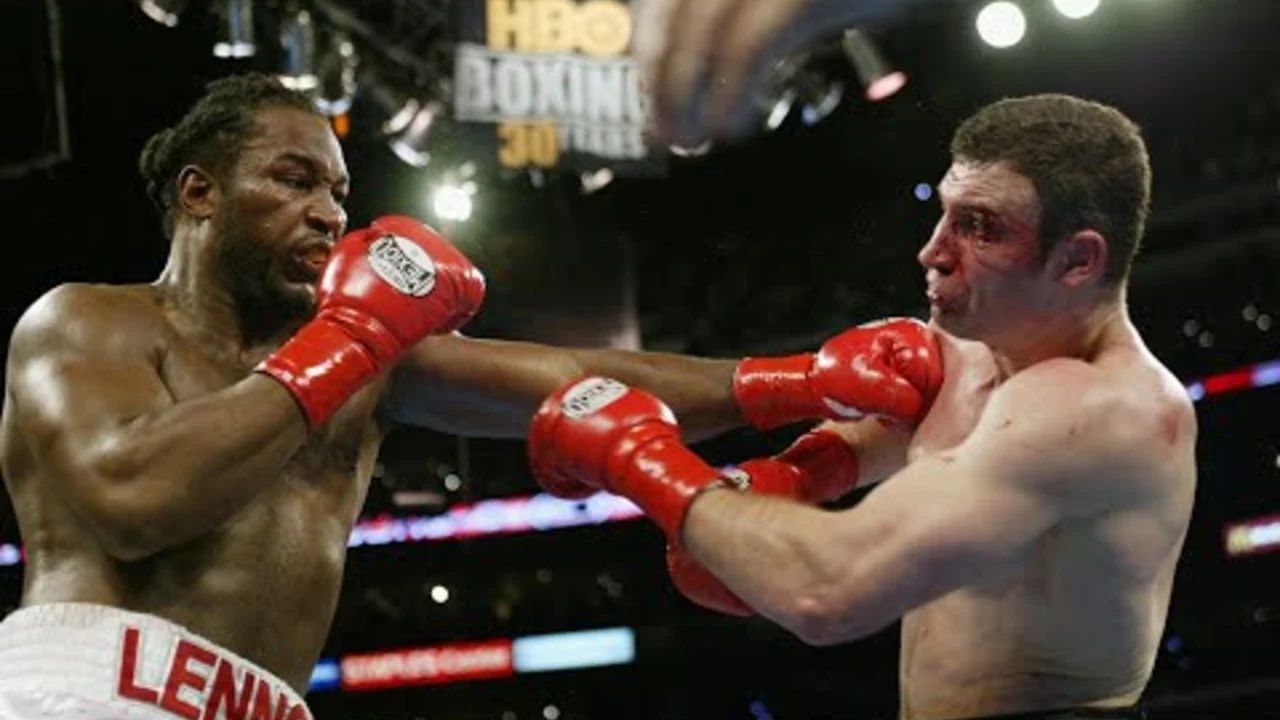What’s Changing in British Boxing Right Now?
If you love British boxing, you’ve probably noticed a lot of things moving around lately. Fights are being reshuffled, new rules are popping up, and the rankings are in constant flux. It can feel overwhelming, but knowing the key shifts helps you plan which bouts to watch, where to place your bets, and how to follow your favorite fighters.
Schedule shifts you can’t miss
Promoters have moved several headline fights this season to avoid clashes with major TV events. For example, the highly anticipated Triple G vs. Canelo fight, originally set for a summer slot, was pushed to September to get a better TV audience. This kind of timing tweak means you’ll see more fights on Sky Sports during prime time, giving fans a chance to catch live action without night‑time work conflicts.
Another trend is the rise of “double‑header” nights – two undercard fights followed by a main event on the same evening. This gives up‑and‑coming British boxers a platform and makes the whole night feel like a festival. If you’re tracking a local prospect, check the undercard line‑up; that’s often where future stars get noticed.
Rule tweaks and ranking shuffles
The British Boxing Board of Control (BBBofC) introduced a new weight‑class check this year. Fighters now have a 24‑hour window to make weight, instead of the previous 48‑hour rule. The change speeds up weigh‑ins and reduces last‑minute health risks. It also means you might see a few last‑minute replacements if a boxer can’t hit the new deadline.
Rankings are also in motion. After Canelo’s last win, the BBBofC moved him up two spots in the middleweight list, pushing former champion Gennady Golovkin down. Meanwhile, a young British talent, Ryan Garcia’s rising star in the UK, broke into the top ten after a knockout win in Manchester. Keep an eye on the official rankings page each week – a single upset can reshuffle the whole order.
Fans are also noticing a shift in how matches are broadcast. Streaming platforms are now offering pay‑per‑view options for smaller venues, giving regional promotions a global audience. If you missed a fight on TV, you can probably find a replay on a streaming service within 24 hours. This accessibility is changing how casual fans engage with the sport.
Finally, COVID‑related restrictions have eased, allowing full‑capacity crowds again. Promoters are using that momentum to schedule more live events in historic venues like the Royal Albert Hall. The atmosphere in a packed arena is a big part of why people keep coming back.
All these changes – schedule tweaks, rule updates, ranking moves, and new broadcast options – shape the boxing scene you follow day‑to‑day. The best way to stay on top is to subscribe to a reliable boxing news feed, check the official BBBofC website weekly, and follow your favorite fighters on social media for real‑time updates.
When you know what’s shifting, you can plan your evenings around the biggest fights, anticipate future match‑ups, and join the conversation with other fans who are in the know. British boxing is evolving fast, and staying informed means you won’t miss a single punch.
What happened to heavyweight boxing?
Over the years, heavyweight boxing has experienced a lot of ups and downs. Once the pinnacle of the sports world, it seems to have lost its charm and appeal. This is partly due to the lack of charismatic, larger-than-life figures like in the past, and a shift of interest towards mixed martial arts. However, recent resurgence led by figures like Anthony Joshua and Tyson Fury show promise for the future. It's safe to say that heavyweight boxing is not what it used to be, but it's definitely not out for the count yet.

 Entertainment
Entertainment